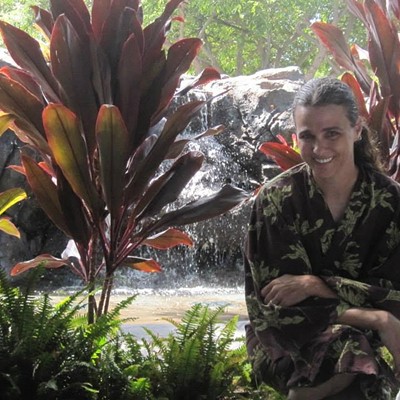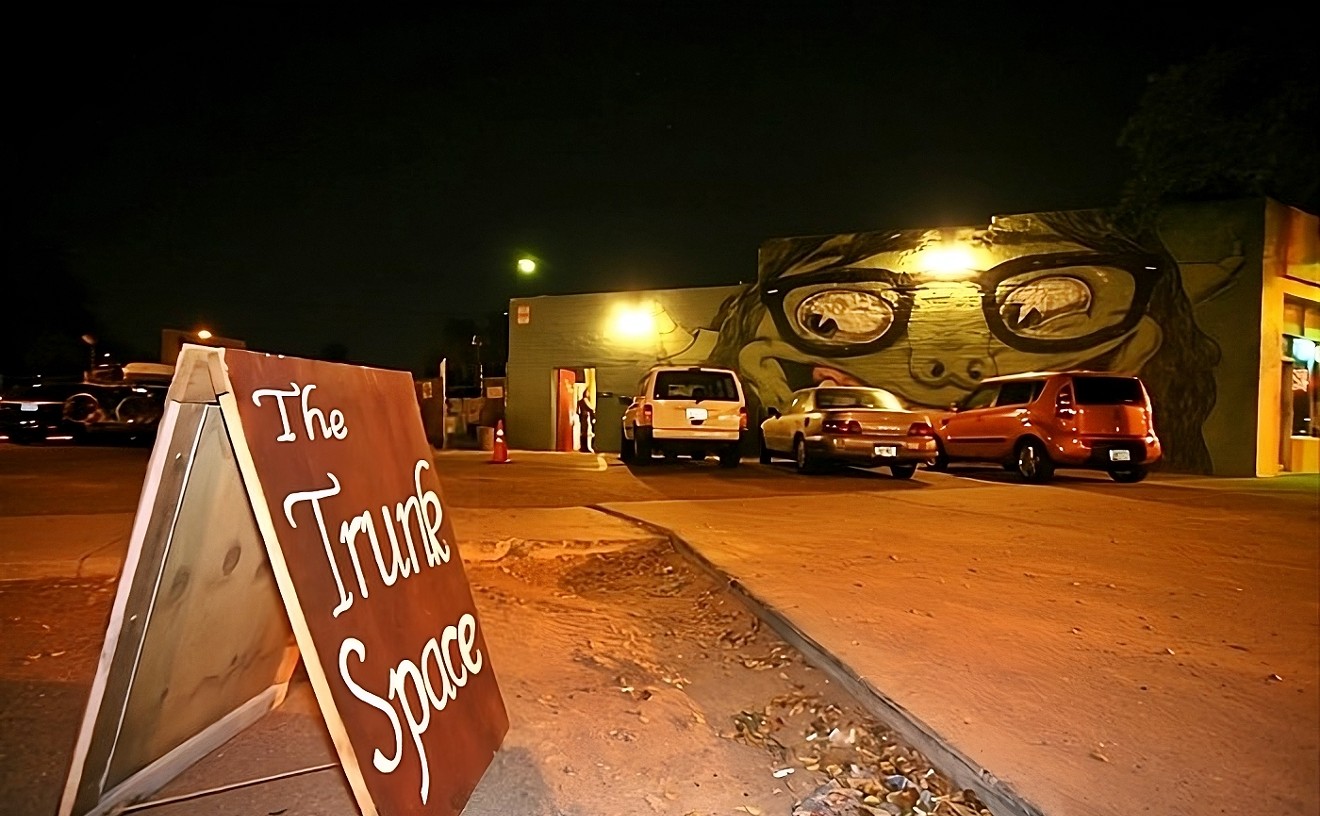It's hard to say what remnants of metropolitan Phoenix will remain a thousand years from now, but it's easy to see remnants of what was in the Valley a thousand years ago. There are numerous prehistoric petroglyphs carved into the rocks across the sprawling, 1600-plus acre South Mountain Park.
These petroglyphs were tapped and pecked into the stone by the Hohokam people, who farmed around the Gila River and Salt Valley from around 1 A.D. to A.D. 1450. Like the petroglyphs themselves, the Hohokam are something of a mystery. Their name means "those who have gone," and at some point, scholars say, they simply vanished.
The designs they left carved into the rock faces across South Mountain Park depict animals, hunters, and abstract images that could symbolize the elements. The Pima Indians consider the Hohokam petroglyphs to have spiritual significance, but the true original purpose of the rock art is unknown.
Finding the petroglyphs at South Mountain Park can be a bit tricky, but there are a few different places to see them. We'd heard that there were some off the Telegraph Pass Trail on the park's south side, but we visited two other petroglyph sites instead, each located closer to the park entrance.
The first petroglyph site we visited is located along the Judith Tunnel Accessible Trail. The trail head is right next to the Education Center (which is "closed indefinitely" because of budget cuts), and the petroglyphs are about a quarter of a mile along the trail, near a shaded ramada. The trail is smooth and relatively easy.
To see more petroglyphs, we took the Holbert Trail (behind the
Visitor's Center). This trail was a bit more difficult; we had to hike
through a small canyon over some big, jagged rocks. It was by no means
impossible, but certainly more challenging than Judith Tunnel's paved
trail. (For a more detailed and knowledgeable account of hiking in
South Mountain park, check out our colleague Lilia Menconi's blog on
the Kiwanis Trail.)
The final spot on our petroglyph hunt was a short drive west from the Education Center to the rest area near the park ranger station. Here, there's a big, lighter-colored rock covered in petroglyphs. It wasn't created in this area. This rock was brought from Arlington, Arizona (about 40 miles west of Phoenix) by civil engineer F.N. "Fritz" Holmquist. Although the rock is not from the area, the carvings are most likely Hohokam, as they occupied Arizona from roughly Flagstaff to South of the Mexican border.
The hohokam petroglyphs are located at South Mountain Park, 10409 S.
Central Avenue. Call 602-534-6324 or visit
phoenix.gov/PARKS/southmnt.html for more information.











